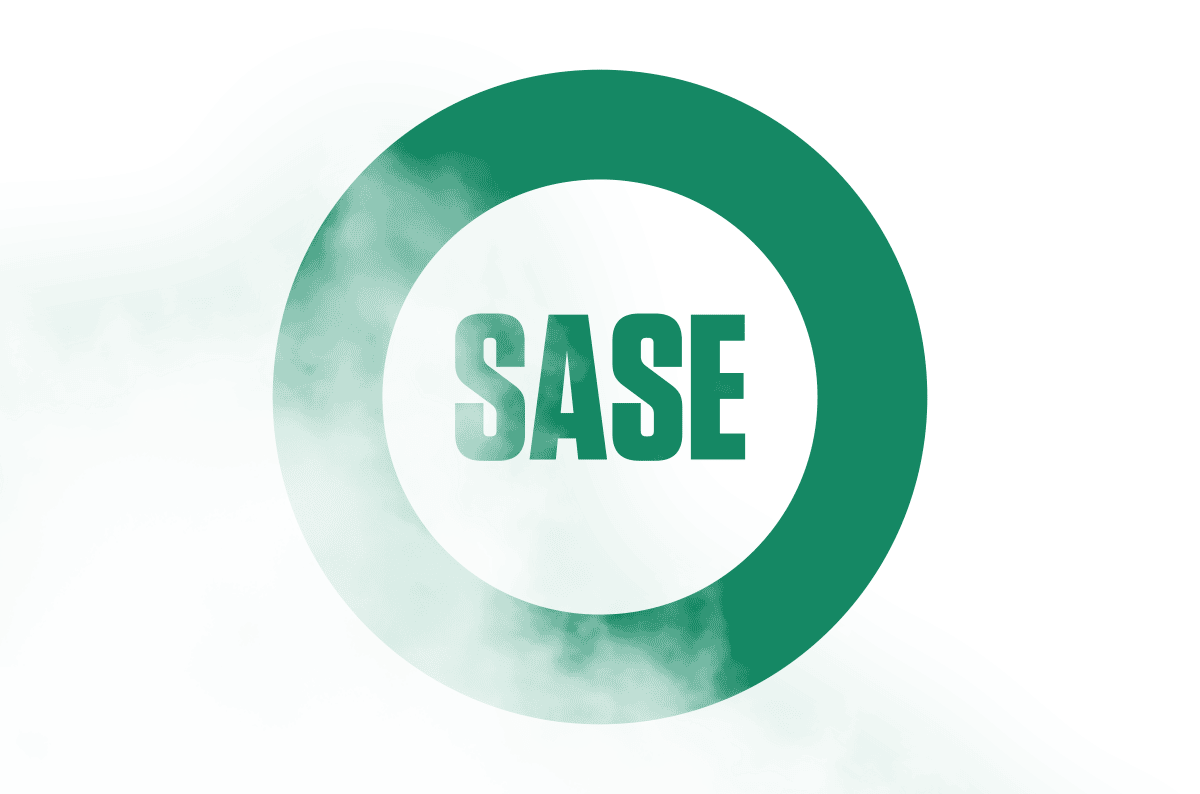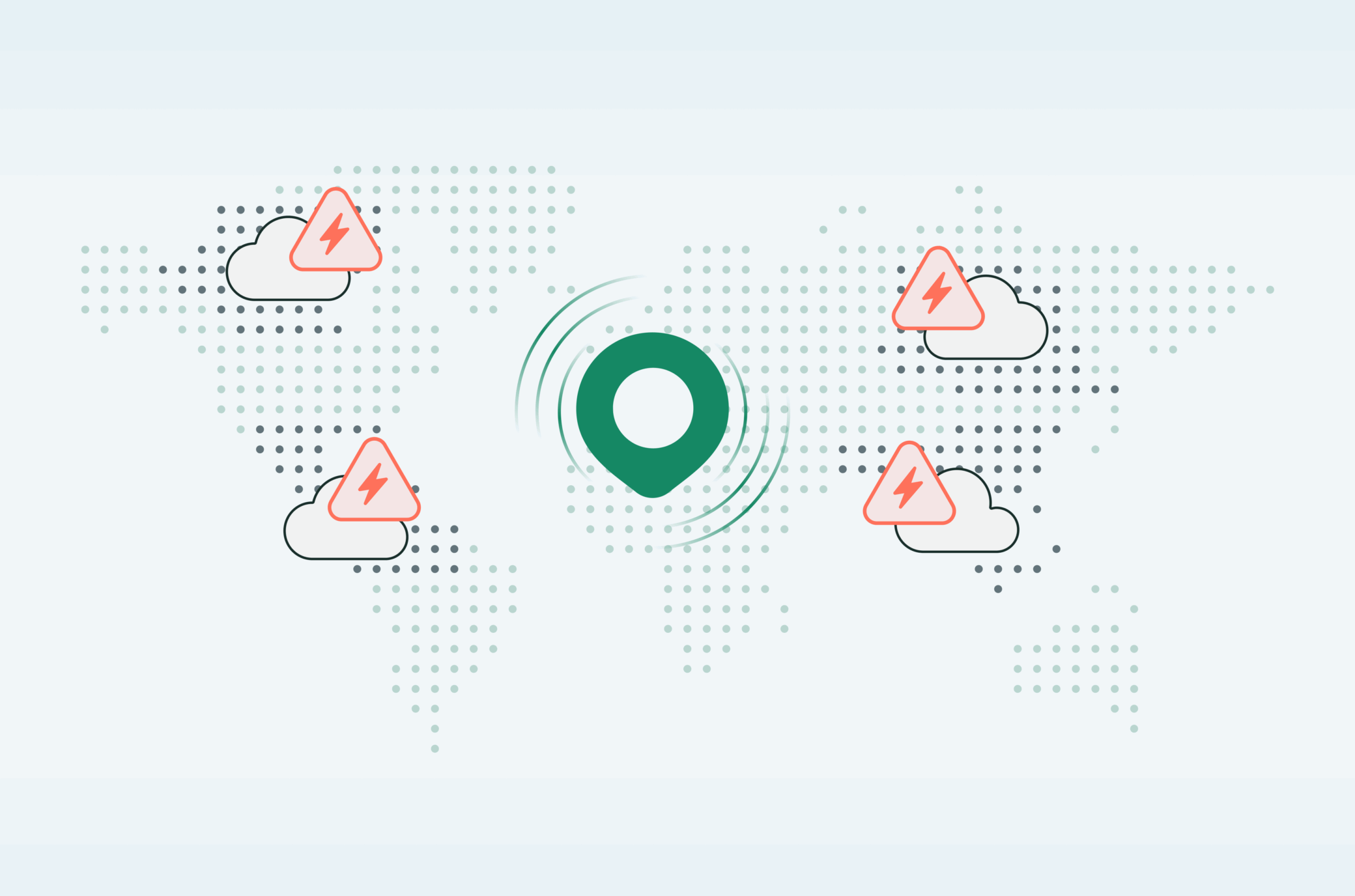New Insight Into SASE from the Recent Gartner® Report on Impact Radar: Communications

Table of Contents
|
Listen to post:
Getting your Trinity Audio player ready...
|
In the recent Emerging Technologies and Trends Impact Radar: Communications,1 Gartner expanded our understanding of what it means to be a SASE platform.
The Gartner report states, “While the list of individual capabilities continues to evolve and differ between vendors, serving those capabilities from the cloud edge is non-negotiable and fundamental to SASE. There are components of SASE, such as some of the networking features with SD-WAN, that reside on-premises, but everything that can be served from cloud edge should be. A solution with all of the SASE functions integrated into a single on-premises appliance is not a SASE solution.”
To learn more, check out this excerpt of the SASE text from the report:
Secure Access Service Edge (SASE)
Analysis by: Nat Smith
Description:
Secure access service edge (SASE, pronounced “sassy”) delivers multiple converged network and security as a service capabilities, such as SD-WAN, secure web gateway (SWG), cloud access security broker (CASB), firewall, and zero trust network access (ZTNA). SASE supports branch office, remote worker and on-premises general internet security use cases. SASE is primarily delivered as a service and enables dynamic zero trust access based on the identity of the device or entity, combined with real-time context and security and compliance policies.
SASE is evolving from five contributing security and network segments: software-defined wide-area network (SD-WAN), firewall, SWG, CASB and ZTNA. The consolidation of offerings into a single SASE market continues to increase buyer interest and demand. Several vendors offer completely integrated solutions already, and many vendors offer intermediary steps, usually consolidating five products into two. Consolidation and integration of capabilities is one of the main drivers for buyers moving to SASE. This is more important than best-of-breed capabilities for the moment, but that will change as consolidated, single-vendor solutions become more mature.
While the list of individual capabilities continues to evolve and differ between vendors, serving those capabilities from the cloud edge is non-negotiable and fundamental to SASE. There are components of SASE, such as some of the networking features with SDWAN, that reside on-premises, but everything that can be served from cloud edge should be. A solution with all of the SASE functions integrated into a single on-premises appliance is not a SASE solution.
Strategic Roadmap for SASE | Watch NowRange: 1 to 3 Years
Even though some vendors are not implementing all portions of SASE on their own today, Gartner estimates SASE is about one to three years away from early majority adoption. There are several factors or use cases that we predict will drive the speed of adoption. Consolidation of administration and security enforcement of cloud services, network edge transport, and content protection features drives higher efficiency and scale for remote workers and cloud services. There are three key market segments that we expect to consolidate and serve as components of SASE: these are SWG, CASB and ZTNA. The majority of end users have already transitioned to cloud-based services or are actively doing so now. Second, instead of five components loosely from separate vendors, a single SASE offering with all five components converged into a single offering is the other activity to watch. Several vendors offer complete SASE solutions today and those solutions are maturing quickly. Because of the availability of these two factors, or use cases, buyer adoption is picking up.
Mass: High
Mass is high because SASE has a direct impact on the future of its five contributing market segments — SD-WAN, firewall, SWG, CASB and ZTNA — predicting that they will largely go away, eventually to be engulfed by SASE. Client interest, Google searches, and analyst opinion further validate the likelihood of SASE. Further adding to mass, SASE is also appropriate across all industries and multiple business functions. The changes required for offerings in the contributing segments to evolve to a SASE cloud edge-based solution are significant for some of these contributing markets. The density of this change is high — not only because this affects five segments, but some of these segments are quite large. Appliance-based products will need to transform into cloud native services, not merely cloud-hosted virtual machines (VMs). However, a cloud-native service alone is not sufficient — vendors will also need points of presence (POPs) or cloud edge presence as well, which may require substantial investment or partnerships.
Recommended Actions:
Create a migration path that gives buyers the flexibility to easily adopt SASE capabilities when ready while still being able to use and manage their existing network and security investments. Most buyers will need to work in a hybrid environment of part SASE and part traditional elements for an extended period of time.
Fill out your portfolio or aggressively partner through deep integration to cover any gaps in the SASE offering. Products in the five contributing segments will increasingly become undesirable to buyers if they do not have a convergence path to SASE.
Develop cloud-native components as scalable microservices that can all process packets in a single pass. In a highly competitive SASE market, agility and cost will increasingly become important, and microservices provide both of these benefits. Build a network of distributed points of presence (POPs) through colocation facilities, service provider POPs or infrastructure as a service (IaaS) to reduce latency and improve performance for network security services. The evolution to SASE also requires an evolution of product delivery vehicles.
Gartner Disclaimer: GARTNER is registered trademark and service mark of Gartner, Inc. and/or its affiliates in the U.S. and internationally and is used herein with permission. All rights reserved.
1Gartner, “Emerging Technologies and Trends Impact Radar: Communications”, Christian Canales, Bill Ray, Kosei Takiishi, Andrew Lerner, Tim Zimmerman, Simon Richard, 13 October 2021














